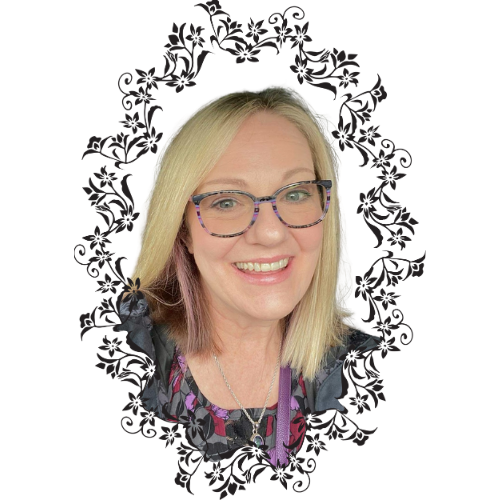There are no items in your cart
Add More
Add More
| Item Details | Price | ||
|---|---|---|---|
What if healing isn’t about fixing what’s wrong but remembering what’s always been whole?
We live in a culture obsessed with trauma.
Scroll any wellness feed, sit in any therapy office, or flip through the pages of most self-help books and you’ll find one central message: “Something happened to you—and that’s why you’re the way you are.”
While that may be partly true it’s definitely not the whole truth.
And more importantly, it’s not the liberating truth.
“Trauma is not what happens to you. It’s what happens inside you as a result.”
—Dr. Gabor Maté
Dr. Maté’s work gently disrupts the idea that trauma is something we are. It’s something that happened—and more so, something we internalized. Not just through memory but through energy. Through nervous system shifts. Through absorbed emotion that was never named or moved.
But here’s the problem: the dominant model of healing doesn’t invite us to release the trauma.
It teaches us to identify with it.
The Trap of Trauma Identity
In many modern psychological frameworks, there’s a subtle but dangerous message: “If you’ve been hurt, you will always carry it.”
You learn to manage your trauma. Cope with it. Name it. Study it.
But rarely are you shown how to disidentify from it.
So you end up saying:
I believe this model keeps people loyal to their wounds—because they confuse their past experience with their present identity.
And when you confuse the two, it becomes almost impossible to let go.
There’s Nothing Wrong With You
“You're not broken. You're just living in a reality shaped by unexamined beliefs.”
—Peter Crone
Peter Crone calls himself “The Mind Architect,” and that name fits. He teaches that the prison isn’t the trauma—it’s the story about the trauma. The beliefs we formed as a result: “I’m unsafe.” “I’m not lovable.” “I can’t trust.”
And these beliefs? They are not hard-coded. They’re inherited, absorbed, rehearsed—but not permanent.
Crone doesn’t teach people to heal by looking back forever. He teaches them to get curious about what they've unconsciously concluded—and start dissolving those constructs at the root.
His work, like mine, is less about “processing trauma” and more about liberating the self that existed before it.
What About Generational Trauma?
I don’t resonate with the idea that trauma is passed through our DNA like some kind of emotional inheritance we’re doomed to repeat.
I believe it’s more accurate to say:
Trauma is passed through unspoken energy.
A child doesn’t need their parent to say, “I’m anxious.”
They feel it. They absorb the parent’s nervous system as truth.
The child doesn’t inherit trauma—they attune to mis-attuned energy.
They absorb patterns of suppression, shutdown, hyper-vigilance, or fear without knowing where it began. And they often grow up believing those patterns are their own.
But here’s the liberating truth:
If it was never yours to begin with, it doesn’t have to be yours now or stay with you.
The Liberation Model
I’m no longer interested in performing my work based on the premise that people are broken. I’m not here to diagnose your past—I’d rather invite you into your present and help you build your future. My work has shifted toward a new model.
One that says:
You are perfection exactly as you are - - with infinite possibilities still unfolding.
Final Reflection:
Take a breath.
Feel into your spirit—
the part of you that is unmarkable, unbreakable.
This is where your truth lives.
This is where your liberation begins.🩷
If you're ready to explore your own experience through this lens, I’ve created a gentle self-reflection guide to help you reconnect with your wholeness.
Healing isn’t about staying stuck in what happened — it’s about rediscovering who you were before the wound.
👉 Click here to access the “I Am Not My Trauma” Self-Reflection Guide.
Note: To journal privately, please go to File → Make a Copy or File → Download once the document opens.

Ahmy Brock, Fri May 2, 2025A fun loving human that stopped surviving and started living.
Enjoy Being Human